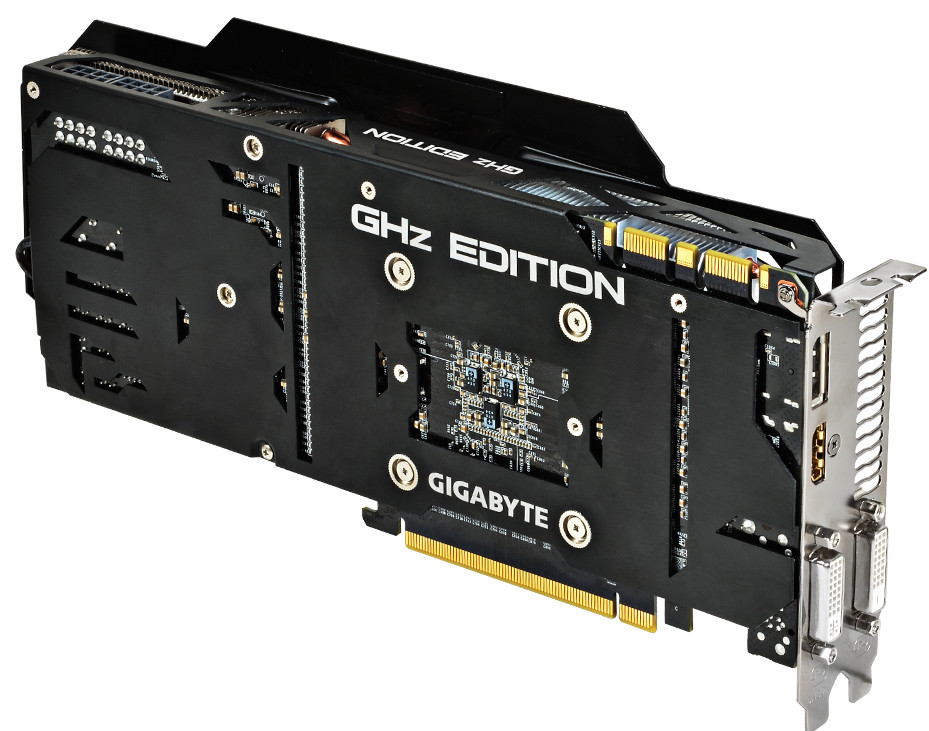Ghz Edition Vs Regular
Play-Doh, Silly Putty, or the title of “the fastest video card in the world”—which is the most malleable? AMD, not willing to cede the last to Nvidia for a whole generation in the wake of its release of the GeForce GTX 680 earlier this spring, has now released its Radeon HD 7970 GHz Edition ($499 list). As its name suggests, this video card is a direct revision of the regular Radeon HD 7970 the company released six months ago, albeit with a clock speed upgrade. And, yes, it’s enough to nudge AMD’s former flagship card back into the top spot—at least until (presumably) AMD supplants it with a new 8000-series card in several months’ time. So, yes, if you’re looking for the best-performing single-GPU video card you can get right now, this is it.

But it’s neither a perfect product nor a perfect value. Torrent Office Xp. Because there are so few differences between the original 7970 (which will remain available; many versions can be found for about $450) and this new GHz Edition, we’re not going to cover all the same ground again that we did half a year ago— check out that review if you want the basic rundown of everything this particular GPU offers. Instead, we’re just going to focus on the changes.
First and foremost is, of course, the new 1GHz clock rate. AMD’s previous cards with the GHz Edition moniker, the Radeon HD 7770 and 7870, used the speed to compensate for fewer stream processors, something the 7970 didn’t need help with (the 2,048 stream processor complement, like many other things, has stayed the same). So the new card’s bump (from 925MHz), though nice, is not an Earth-shattering event.
Are there any differences between a normal 7970 and a GHz edition aside from the overclock? Reviews I've read don't seem to mention any. Today AMD is putting that idea to the test with the launch of the Radeon HD 7970 GHz Edition. The regular 7970 is priced higher than the ghz edition.
That is, however, not the only speed improvement. AMD has augmented this card’s Power Tune technology with a new trait called Boost, which (like similarly named features on previously released AMD and Intel CPUs, and Nvidia video cards) dynamically increases the clock speed still further assuming you have the electrical and thermal headroom to accommodate the uptick. The key Boost speed here is 1,050MHz; enterprising board partners or private overclockers who devise better cooling solutions can doubtlessly push up the number still further, but this puts a bit of extra free (and no-stress) performance in everyone’s hands.
Memory, too, has received some changes. Not in the amount—this GHz Edition features the 7970’s same 3GB of GDDR5—but in the speed: The previous card settled for 1,350MHz, and this one goes for 1,500MHz. This gives the GHz Edition a solid 6Gbps data rate over a 384-bit memory bus—about the same speed Nvidia has boasted in its own newest 600-series cards.
That’s it for what’s new—yes, really—but the dual-fronted assault is enough to guarantee noticeable performance changes that nudge the GHz Edition further past the 7970 and even deeper into the GTX 680’s former territory in a number of cases. Using the most current drivers available for both cards, the GHz Edition routinely bettered the GTX 680 in a variety of games with maximum details at both 1,920 by 1,200 and 2,560 by 1,600: Aliens vs. Predator (67.4 frames per second, or fps, and 41fps respectively; the GTX 680 managed 52.6fps and 32.1fps); Batman: Arkham City at the same resolutions (85fps and 55fps versus 71fps and 43fps); the new DiRT Showdown (48.9fps and 35.7fps versus 31.2fps and 22.4fps); Just Cause 2 (69fps and 47. Rose Tattoo Scarred For Life Rar more. 5fps versus 63.3fps and 45.9fps); and Metro 2033 (35fps and 20fps versus 28.3fps and 17.3fps). You’ll notice that, despite the number of victories, in many cases the GHz Edition’s wins don’t always translate to hugely better performance—this was, perhaps, to be expected, given the modest magnitude of the new card’s tweaks. But it must be acknowledged that the GHz Edition doesn’t trounce the GTX 680 in every test. The Futuremark 3DMark 11 benchmark, run on the Extreme preset, was firmly in Nvidia’s camp with a score of 3,339 against the GHz Edition’s 3,098. Namo Web Editor Italiano more.
Another synthetic benchmark, Unigine Heaven 3.0, was basically a tie at 1,920 by 1,200 (43.6fps for Nvidia, 44fps for AMD), and neither card had much to be proud of at 2,560 by 1,600 (31.8fps for AMD, 28.9fps for Nvidia). In Lost Planet 2, the GTX 680 beat out the GHz Edition at 1,920 by 1,200 (73.5fps versus 62.2fps), if not at 2,560 by 1,600 (46.9fps versus 42.5, favoring AMD).
And Total War: Shogun 2, an AMD-branded game, the GTX 680 pulled 42.3fps at 1,920 by 1,200 and 25.1fps at 2,560 by 1,600, whereas the GHz Edition managed 33.5fps and 19.3fps respectively. Ultimately, whether the GHz Edition is the right choice for you depends on the games you play, though (as of this writing) AMD has a general edge on the across-the-board spread. So other factors must be considered, too.